Ethical hunting
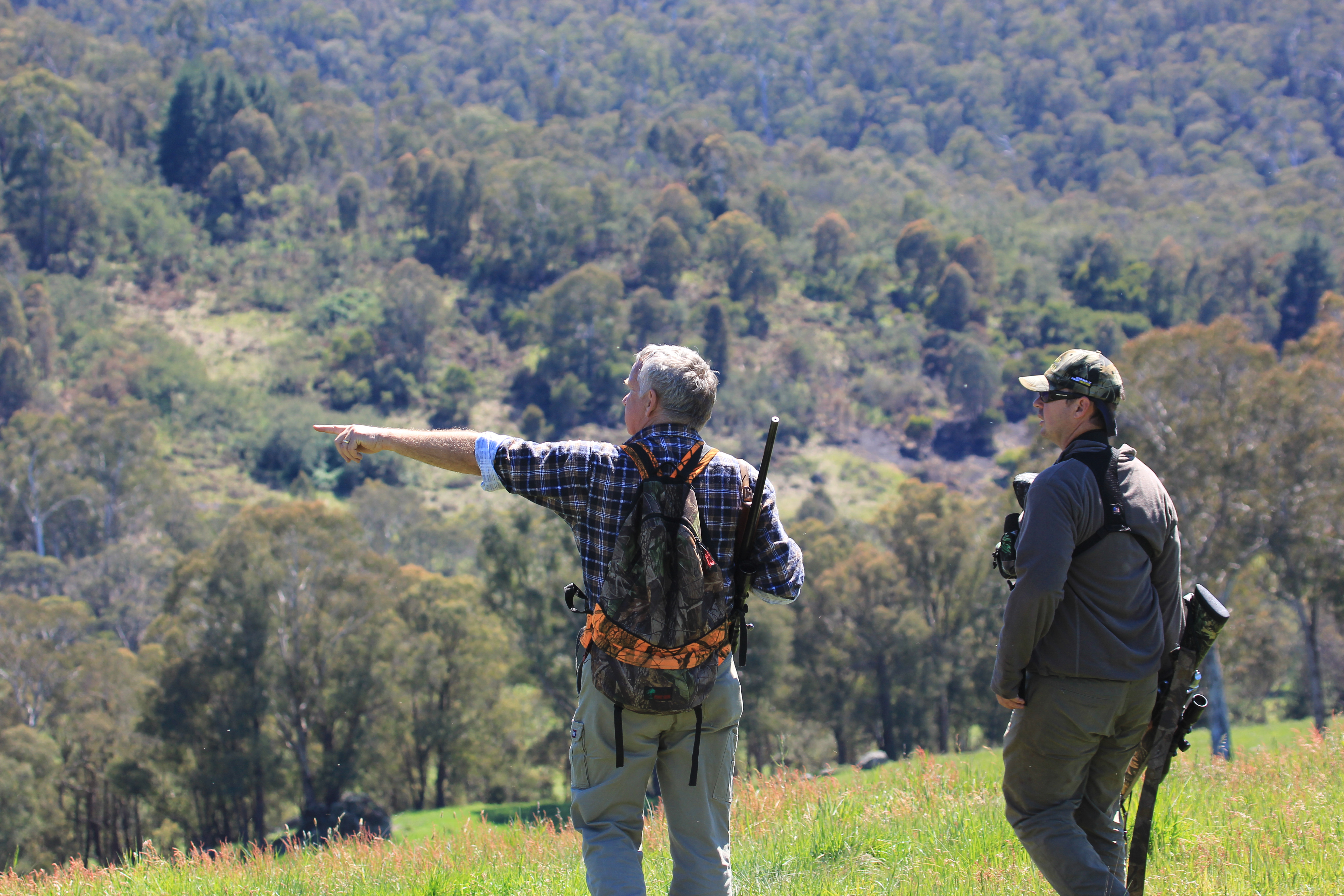 The concept of ethical hunting has been around for some time and it is important that all hunters have an understanding of its principles and practise these when in the field.
The concept of ethical hunting has been around for some time and it is important that all hunters have an understanding of its principles and practise these when in the field.
Ethical hunting means that a person knows and respects the game hunted, follows the law and behaves in a way that will satisfy what society expects of a hunter. Ethical hunters are familiar with the places they hunt, the wildlife that live there and the way they should behave when hunting.
Practising ethical hunting techniques in the field will ensure that you get the most out of your hunting experience and will assist to secure the future of your recreational activity.
There are three key aspects to ethical hunting:
- knowing and respecting the game: understanding the deer and their habitat, and treating them fairly and with respect;
- obeying the law: laws and regulations have been introduced to ensure that hunting is conducted in a safe, responsible and sustainable manner; and
- behaving in the right manner: hunter behaviour has a direct impact on public opinion; remember your actions may impact on the future of deer hunting.
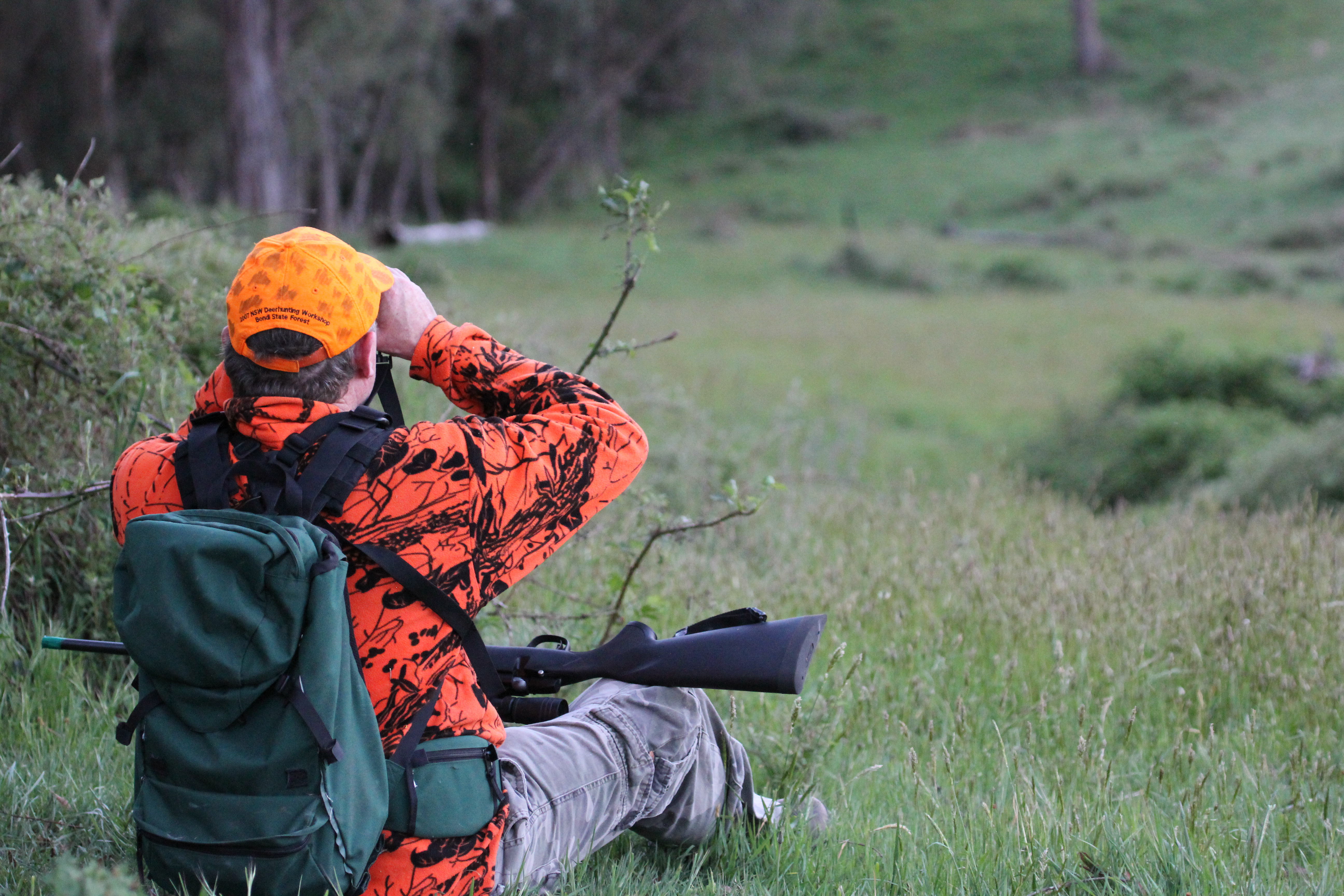 One of the key components of ethical hunting is the concept of 'fair chase'. This means giving the game a reasonable chance to evade the hunter.
One of the key components of ethical hunting is the concept of 'fair chase'. This means giving the game a reasonable chance to evade the hunter.
All ethical deer hunters will ensure that deer are not unduly harassed during a hunt.
The improper and illegal use of vehicles, radiotracking collars and other electronic devices such as two-way radios is considered to be highly unethical and is inconsistent with the concept of 'fair chase'.
Avoid mechanised pursuit in any form; a true hunter makes every effort to ensure the contest is as fair as possible.
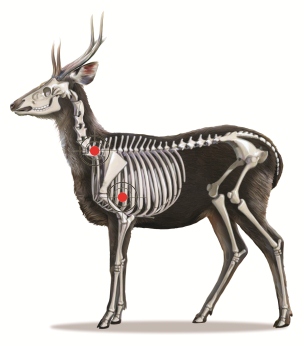 It is critical for all deer hunters to be able to identify and hit the target's vital areas, generally the heart/lung zone (just behind the shoulder). It is important for all hunters to practice regularly to maintain their skills.
It is critical for all deer hunters to be able to identify and hit the target's vital areas, generally the heart/lung zone (just behind the shoulder). It is important for all hunters to practice regularly to maintain their skills.
Ensure your rifle is correctly zeroed before hunting, and practise regularly to build up confidence in handling and firing your rifle.
Do not shoot unless it is safe to do so and you are confident of a clean hit. Use binoculars to study the background and the deer's position before firing. Ensure there is a solid backstop, with no other deer behind the target or obstruction in front that could deflect your bullet.
Always try to manoeuvre so that you can rest the rifle for a steady shot; use whatever assistance is available, and watch for barrel obstructions close to you below the line of sight.
Get as close to the deer as possible and take shots at un-alarmed game.
You should be able to accurately judge your distance from the deer and should restrict your shooting to distances where you are confident of a one-shot kill. Be mindful of elevation and windage.
Never attempt head shots. The brain is a small target and one can easily miss, resulting in a non-lethal strike. The animal will run away and you are unlikely to get it even if you follow up immediately.
The final step is to carefully aim and squeeze the trigger. If you are excited, nervous, shaking or puffing and panting, don't shoot until you are calm.
Aiming points
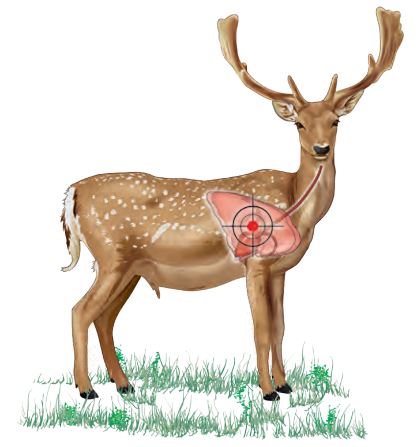
Neck shots should be avoided unless your marksmanship is such that you can consistently hit the spinal cord within the neck bone under field conditions. If you must take this shot, do so when the animal is facing you. You should also aim low in the neck where the effect of the animal suddenly moving its head is less.
No hunter will dispatch every deer instantly. Sometimes your first shot may not be fatal. If this happens, it is your responsibility to handle the matter swiftly and ethically. This means focusing on the wounded deer – you should follow the deer, find it and ensure that it is dispatched quickly and in a humane way.
Ethical hunters practice their marksmanship before entering the field. This will not only maximise the chances of cleanly dispatching deer, but will make your hunting experience more enjoyable.
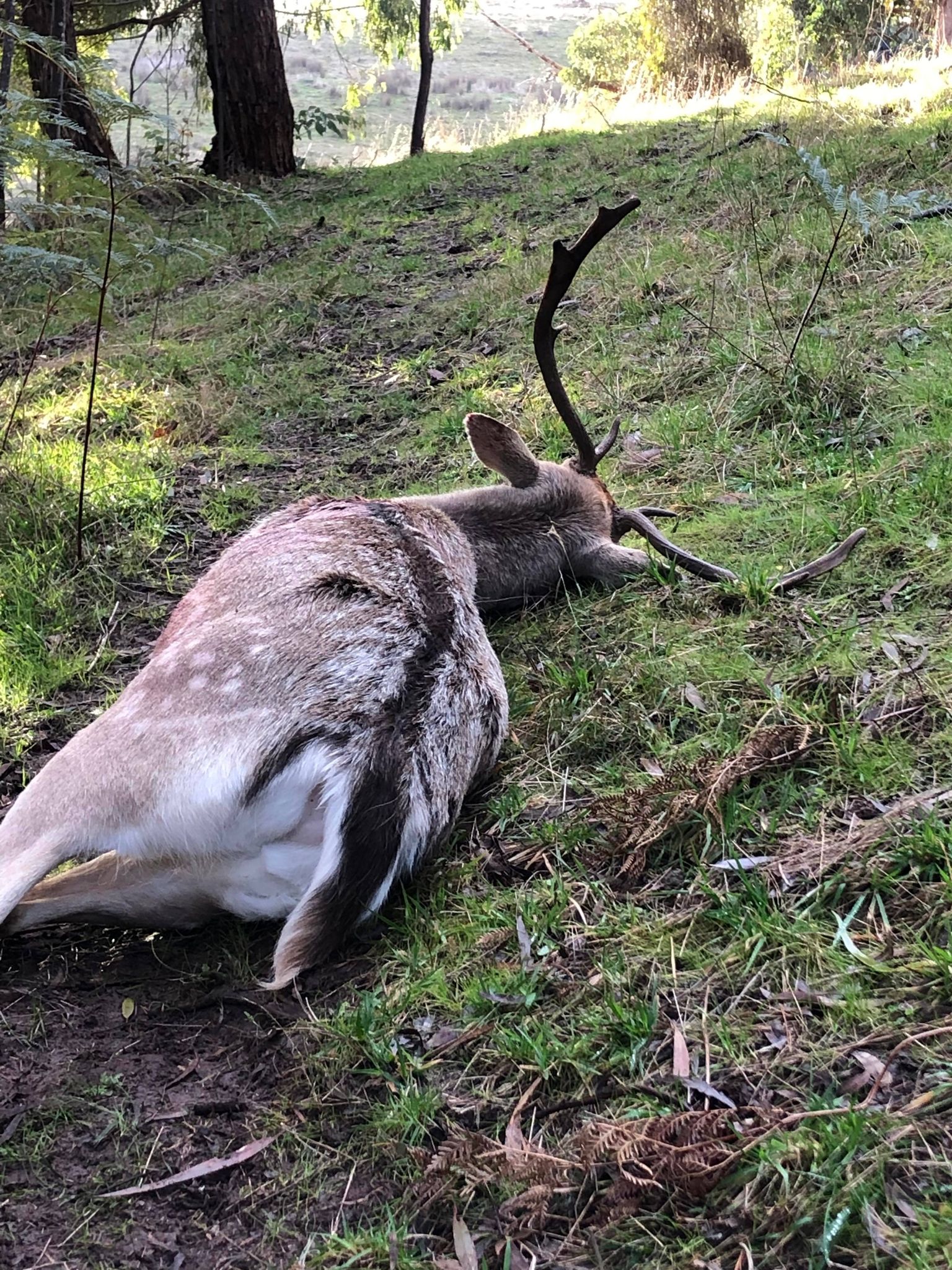 If a deer is alive after you have shot it or struck it with a bow or crossbow, you are required by law to make all reasonable efforts to find the deer and dispatch it immediately to minimise pain and suffering.
If a deer is alive after you have shot it or struck it with a bow or crossbow, you are required by law to make all reasonable efforts to find the deer and dispatch it immediately to minimise pain and suffering.
The Deer Hunting Basics education module has information about how to recover downed deer.
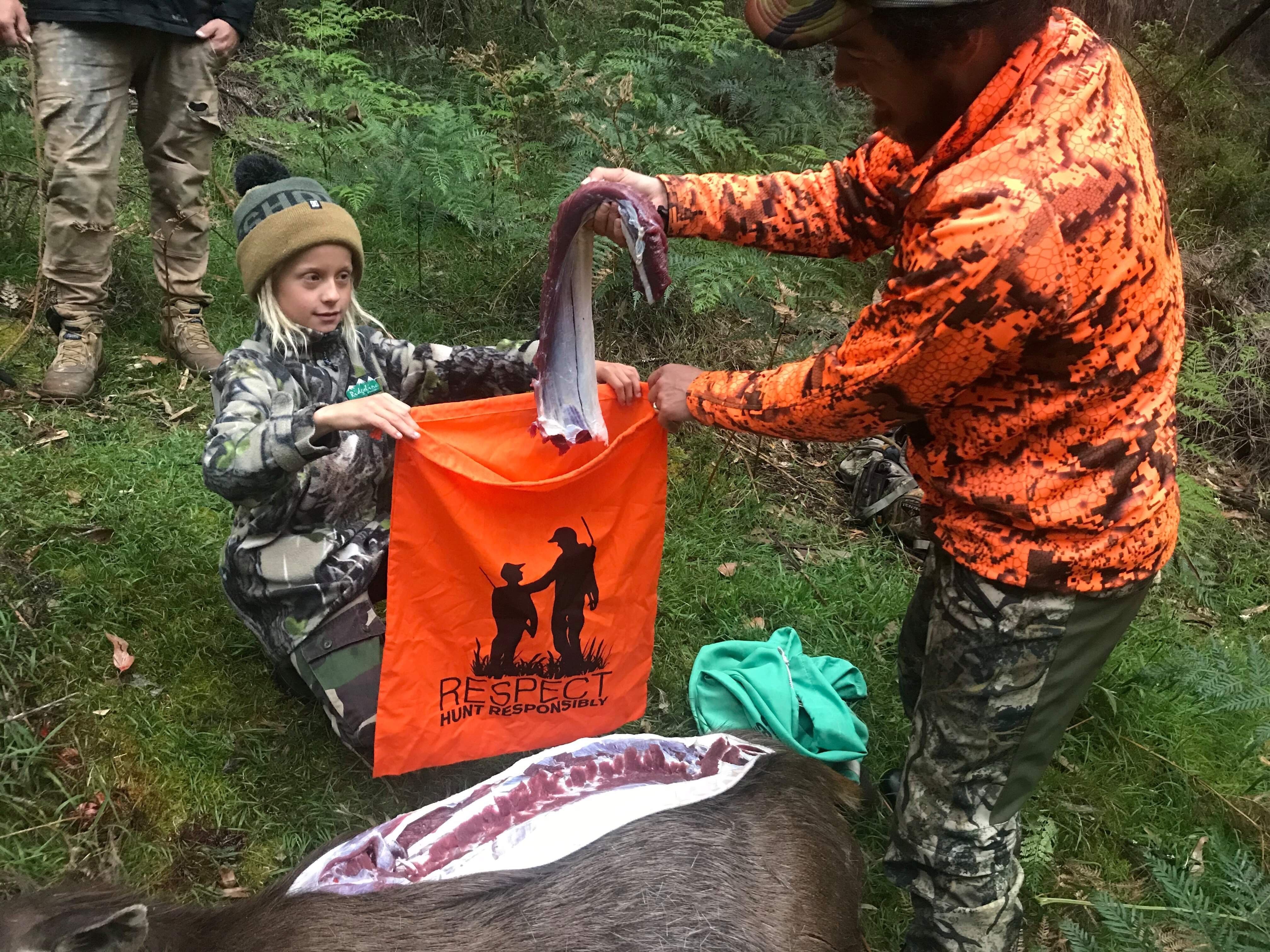 Once a deer is dispatched it should be properly handled to minimise waste. Bring out as much meat as you can and ensure that the carcass is not left near a road, track or a waterway. Prepare game quickly and never leave game to waste.
Once a deer is dispatched it should be properly handled to minimise waste. Bring out as much meat as you can and ensure that the carcass is not left near a road, track or a waterway. Prepare game quickly and never leave game to waste.
It is also important to respect the views of other members of the community when transporting trophies and other parts of harvested deer. Never display a deer on the way home. Wherever possible, cover the carcass and head with a blanket or tarpaulin.
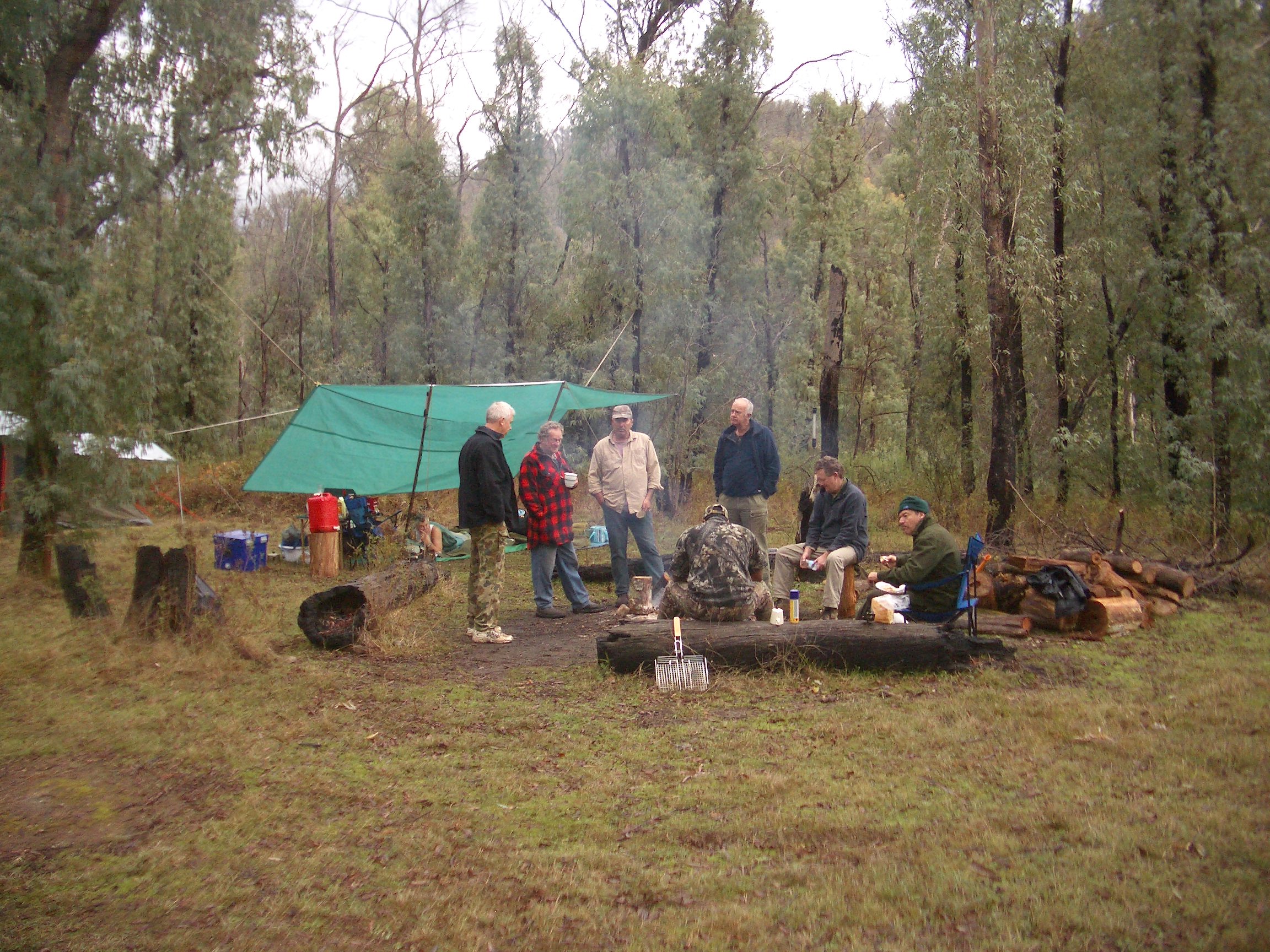 Quality habitat is the key to a healthy population of game and other wildlife. When camping, make sure you set up at least 20 metres away from rivers or waterbodies and wherever possible, bring your own firewood from home. Never cut down trees or shrubs (alive or dead) for use as firewood.
Quality habitat is the key to a healthy population of game and other wildlife. When camping, make sure you set up at least 20 metres away from rivers or waterbodies and wherever possible, bring your own firewood from home. Never cut down trees or shrubs (alive or dead) for use as firewood.
You should also be careful that your fuel or rubbish does not pollute streams and waterways. Clean up litter and waste and take it home with you. If you come across someone else's rubbish, remove it and deposit it at an appropriate place.
People who are unfamiliar with hunting practices may be intimidated by the presence of firearms, so be sympathetic to their concerns and, as much as possible, keep firearms out of sight.
Be considerate, be courteous and show the public that deer hunters are responsible and ethical recreationalists. Good hunting behaviour will reflect on people's opinions of all hunters. Rude, illegal and irresponsible actions can prejudice the community against all hunters.
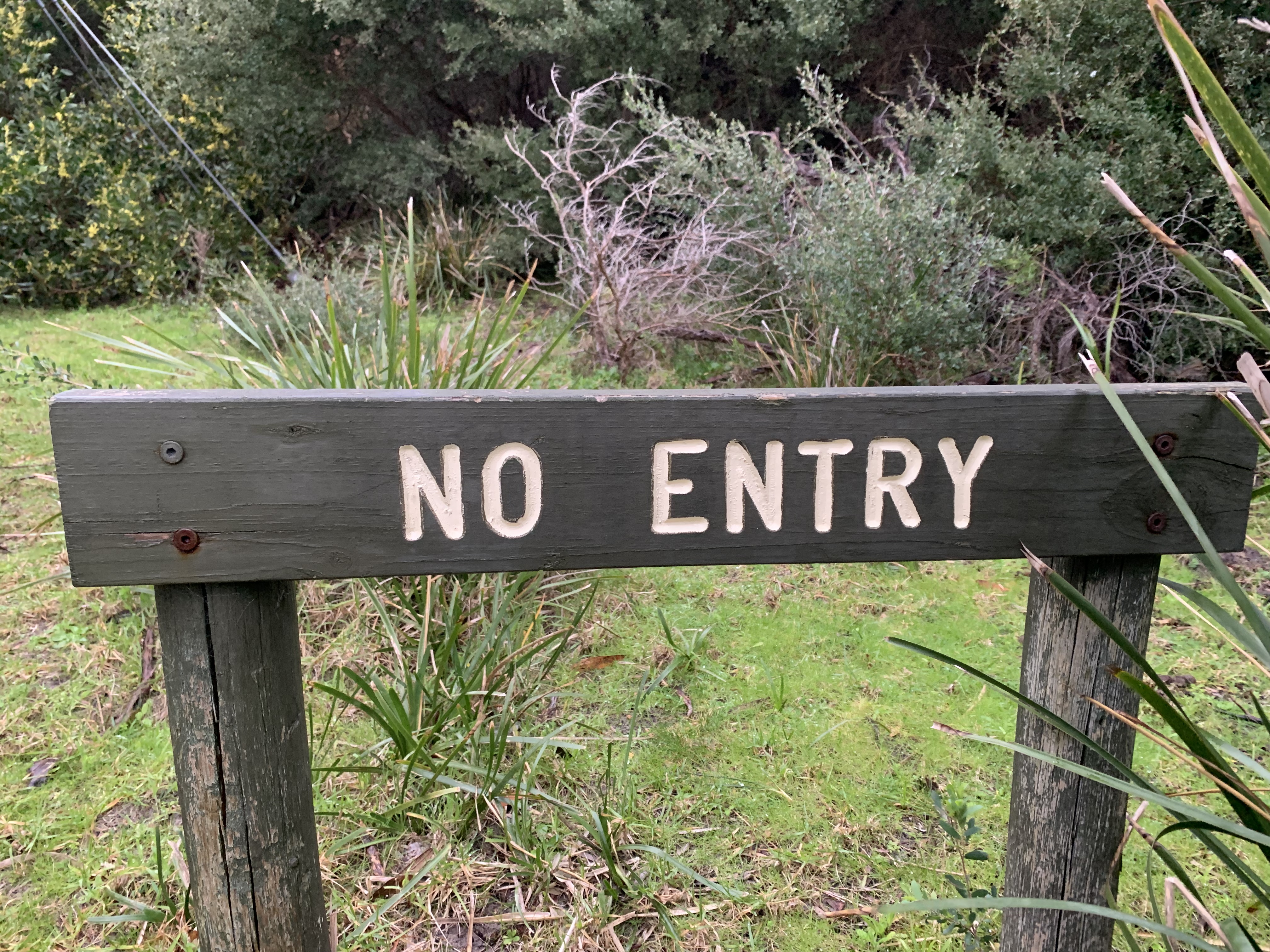
You should always respect their decisions. Leave gates as you find them and be sure to hunt well away from people, livestock, buildings and crops.
Choice of a hunting partner or companion is important to your hunting experience and to your safety, the safety of other hunters in the team and the safety of members of the public. Select people who have good ethics and avoid those who behave irresponsibly.
Many hunters today wear camouflaged clothes, which makes them difficult to see. While concentrating on the hunt, there is a possibility that you could become lost or be mistaken for game by another hunter.
To ensure your safety and the safety of other hunters in the field, it is recommended that all deer hunters wear some form of bright coloured clothing or hat when hunting. Overseas studies have shown that deer cannot see colours such as blaze orange and the wearing of these colours will not affect your hunting success. Many hunters have taken deer in Victoria while wearing blaze orange clothing.
The wearing of some form of bright coloured clothing is also recommended when you are carrying a carcass out of the bush. This will ensure that other hunters do not mistake you for a deer.
A Code of Practice is in place for the welfare of animals in hunting. The code was developed to prevent cruelty and encourage the considerate treatment of animals that are hunted and to protect the welfare of other animals where hunting occurs.
View the code of practice for the welfare of animals in hunting.
Page last updated: 13 Sep 2024